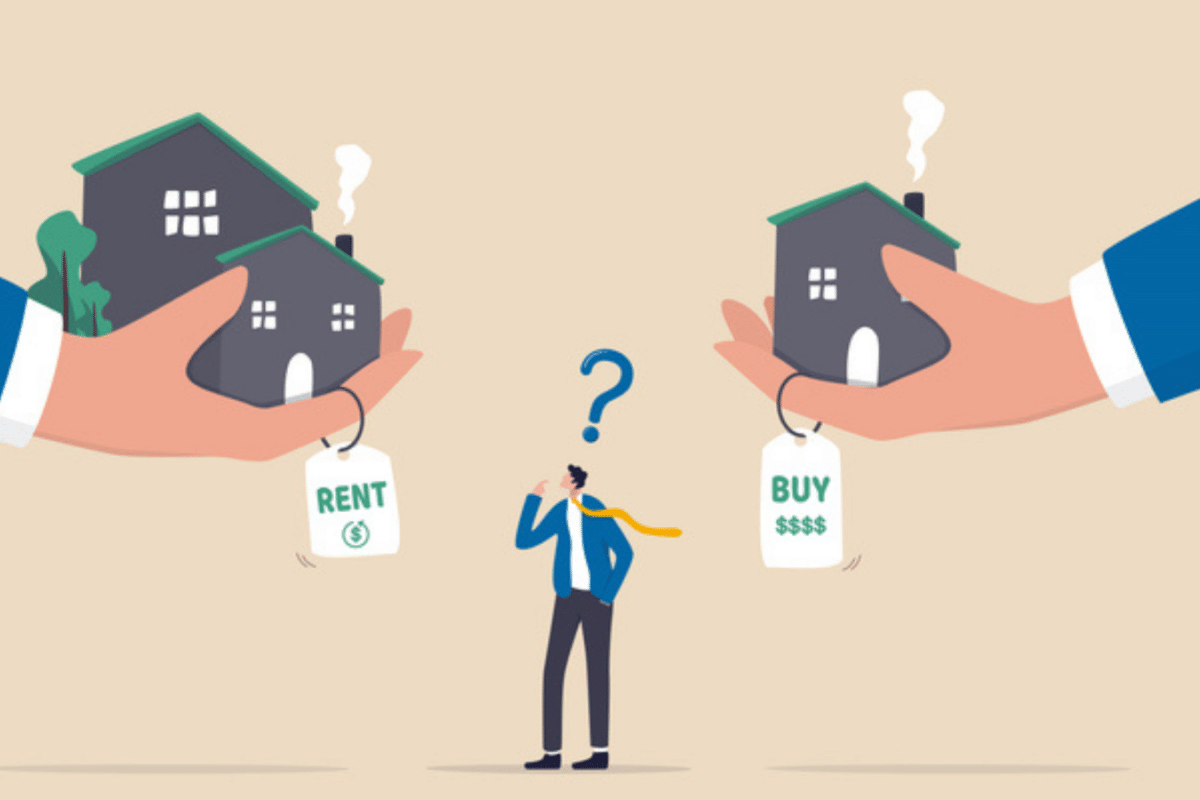For those who may not immediately qualify for a mortgage, there is an alternative route to homeownership—through rent-to-own homes. In this guide, we will deconstruct the process and also answer some of the more frequently asked questions about the alternative.
What Is Rent-to-Own?
Rent-to-own is a contract between a tenant and a homeowner that allows the tenant to rent a property with the option to purchase it at the end of the lease term. A portion of the rent paid typically goes toward the down payment or purchase price of the home.
How Does Rent-to-Own Work?
The process of rent-to-own has two parts. The first part is the time when you live in the house as a renter. You pay rent, and a specified portion of that rent may go toward your down payment. The second part is more straightforward. At the end of the lease, you can either buy the house at a pre-set price or walk away from the deal.
What Are the Types of Rent-to-Own Contracts?

There are two types of rent-to-own contracts:
- Lease Option: You have the option, but not the obligation, to buy the home at the end of the lease.
- Lease-Purchase: You are obligated to purchase the home once the lease expires.
How Much of My Rent Goes Toward the Purchase?
In many rent-to-own home contracts, part of what you pay to live in the home, usually in not-so-clear terms referred to as the “rent,” is applied to the home’s purchase price. Exactly how much is applied, or at what percentage, or under what other conditions is something you’ll have to understand (and negotiate) if you decide to enter into this type of agreement.
Who Is Responsible for Maintenance and Repairs?
In most cases, day-to-day maintenance falls to the tenant, while the lion’s share of major repairs keeps the homeowner busy. Still, contracts can differ significantly, so it’s crucial to nail down this detail before agreeing to enter a rent-to-own situation.
Can I Back Out of a Rent-to-Own Agreement?
When you have a lease-option agreement, you can leave at the end of the rental period without liability; you do, however, lose any rent credits you’ve built up. Under a lease-purchase contract, you do not have that option. You must buy the house. Backing out can have legal consequences.
Definition: Liability
What Are the Benefits of Rent-to-Own?
- Path to Homeownership: You can lock in a purchase price while renting, even if your credit isn’t strong enough to qualify for a mortgage.
- Building Equity: A portion of your rent goes toward the purchase price, helping you build equity over time.
- Time to Improve Credit: You have the opportunity to improve your credit or save for a down payment while renting.
What Are the Risks of Rent-to-Own?
- Potential Loss of Rent Credits: If you decide not to buy, you may lose any money allocated toward the purchase.
- Higher Rent: Rent may be higher than market value, as part of it is used as a down payment.
- Market Fluctuations: If the market changes and the home’s value drops, you could be locked into a higher purchase price.
Is Rent-to-Own Right for You?
Rent-to-own homes is a wonderful opportunity for those who wish to own a home but need a little extra time to save for and improve their credit situation. But it’s not without its downsides, so be sure to read the fine print and understand your and the landlord’s obligations before committing.

